Budapest Castle Hill District is dominated by an impressively sprawling green-domed Royal Palace originally built for the Hapsburg rulers in the 18th century. Sadly, like the rest of the city, the palace took a serious beating from artillery fire during World War II. It was eventually rebuilt in the 1960s – a major achievement given Communist feelings on all things royal at that time. The structure was modernized, stripped of excessive ornamentation and turned into a cultural center.
Today Buda Castle is home to two excellent museums. The Hungarian National Gallery is the city’s premier art museum. It’s collections showcase the very best of Hungarian art, from medieval sculptures and altarpieces to 19th century paintings and contemporary art.
The Budapest History Museum takes visitors on a journey through the city’s tumultuous 2000-year history. All the artifacts on display, including some remarkably well-preserved clothes and shoes, illustrate what life was like in the ancient cities of Buda and Pest. Most impressive is the collection of sculptures which was dug out from the cellar of a bombed out house on Castle Hill.
The Hapsburg Royal Palace was constructed atop a much older royal abode, the ruins of which were excavated during post-war reconstruction. Some of the 14th century fortifications were recreated, giving visitors an idea of how the castle might have looked.
One of the most striking structures on Castle Hill is Matthias Church and its brilliantly tiled roof. I first visited Matthias Church in 2010 in the middle of its restoration, when bad lighting was used to mask the chipping paint. A few years later I could hardly believe the difference! The interior was given a beautiful face lift which bright lights shows off to full effect. Be sure to visit the upstairs treasury, which has a display on painting techniques used in the makeover. The ticket booth is in a stone bunker facing the church.
One of the most popular attractions on Budapest Castle Hill is Fisherman’s Bastion, a faux-fort and viewing platform that reminds me of a giant sandcastle. Though it looks medieval, it was originally built in the 19th century and was recently restored. Fisherman’s Bastion was apparently named for the group of fishermen who protected the castle during the Middle Ages.
Most of the structure is free to visit, though a small fee is necessary to access the highest turrets. Busiest in the afternoon, by 6:30pm tour groups will have moved on and you will very nearly have the place to yourself. Cafes along the terraces make the perfect spot to relax and enjoy the view.
Buda Castle Labyrinth is one of the stranger attractions I’ve been to. A system of caves formed by pockets of thermal water, the underground maze is located 12 meters below ground and loops a distance of just over 1,000 meters. Some of the caves served as cellars to the buildings above and provided shelter to residents during the battles of World War II.
I was greatly amused by the mannequins staged in scenes from classic operas, replete with costumes and stage props from the Hungarian State Opera House. An operatic soundtrack plays through a dark, damp underground tunnel that’s populated with creepy wax figures in elaborate velvet costumes. Dracula’s supposed grave can also be seen in the labyrinth, though the legendary count was not actually imprisoned here.
From the description in my guidebook, the Golden Eagle Pharmacy Museum sounded like an interesting diversion. Built on the site Budapest’s first pharmacy, the museum contains an assortment of items once used in 17th century apothecaries, such as glass jars, ancient medical textbooks, dried bats and even a mummified head. I thought it was charming in a Hogwarts sort of way, but my companion was not impressed.
Part of the charm of the Budapest Castle Hill District lies in its gently curving cobblestone streets lined with row upon row of brightly painted buildings. The restored villas, many now converted to apartments and hotels, belie the serious fighting that took place here during World War II.
No visit to Budapest Castle Hill would be complete without a stop at Faust Wine Cellar. Located deep beneath the Budapest Hilton (which is housed in the remains of a 14th century church), finding the cellar feels a bit like a scavenger hunt. After walking past a wall of wine bottles, I carefully descended endless flights of stairs and arrived at a small cave. Had Jennifer of Luxe Adventure Travel not recommended the place, I probably wouldn’t have found it on my own.
I joined about 15 other guests for a six-glass tasting. The owner, Gábor Nagy, explained the Hungarian wines as we went along and his wife brought us a basket of freshly baked cheese scones. Most of the wines are available for purchase and I came home with the Szekszárdi Fuxli 2012, a buttery rosé with hints of cranberry. Other highlights included a crisp, grassy Móri Sauvignon Blanc 2012 and a wonderfully spicy Villányi Aureus 2006 of such special vintage that it was unavailable for purchase. Reservations are recommended and, at the time of my visit, only cash was accepted.
Convenient ways to reach Budapest Castle Hill include the number 16 bus from Deák tér in Pest and the specially marked castle shuttle bus from Széll Kálmán tér in Buda. A more scenic option is to walk across Chain Bridge and take the funicular up the hill.
Which attractions on Budapest Castle Hill would you most like to visit?
PIN IT!
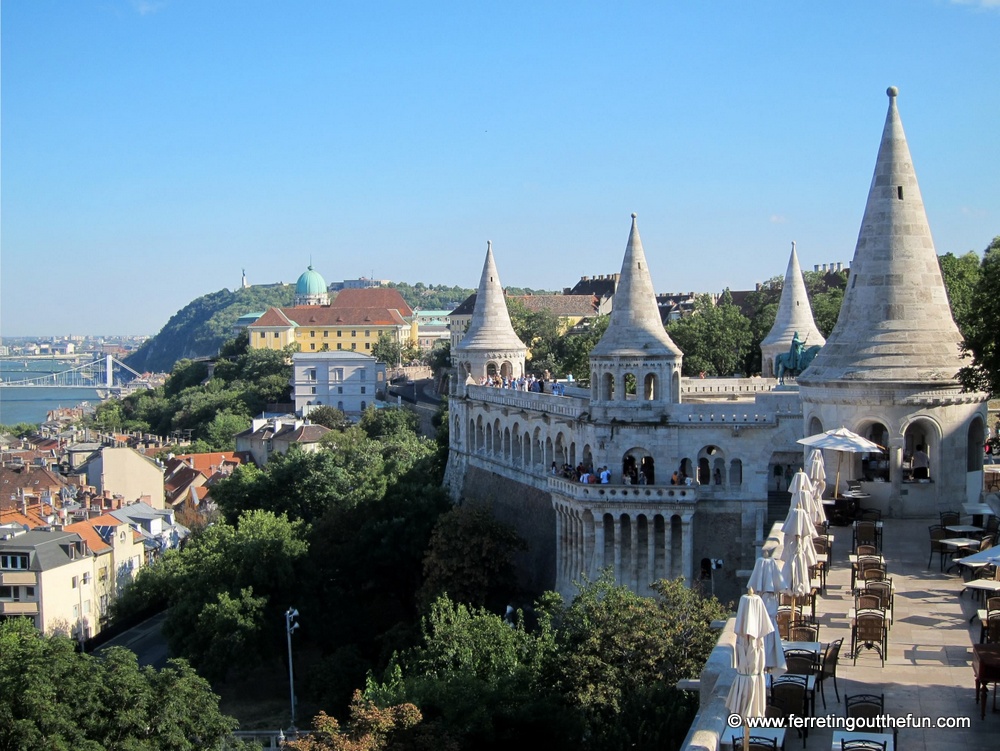
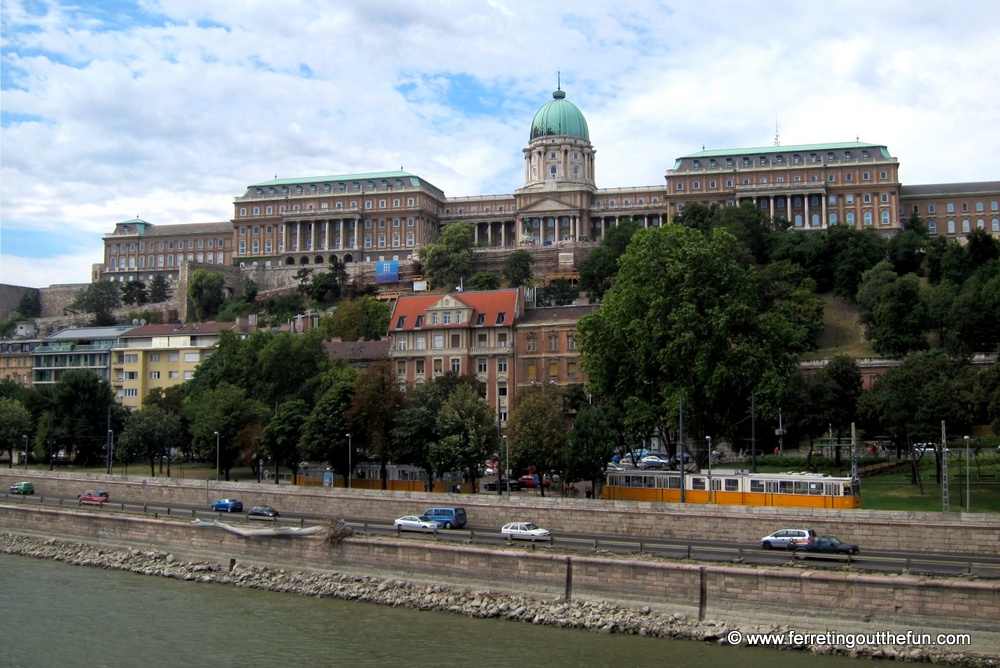
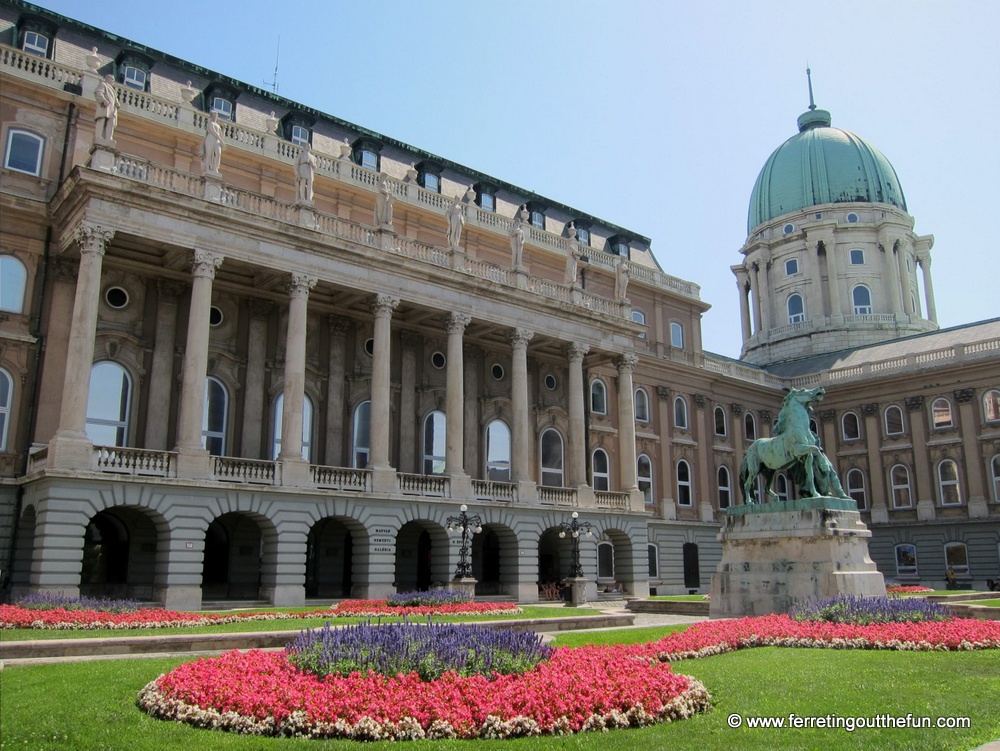
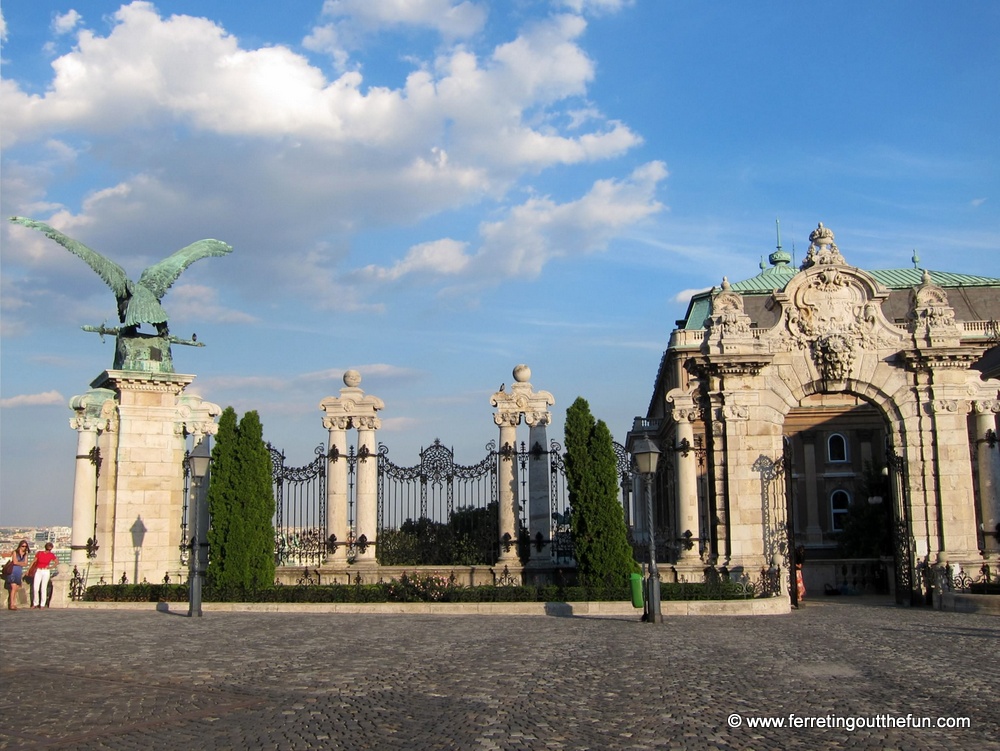
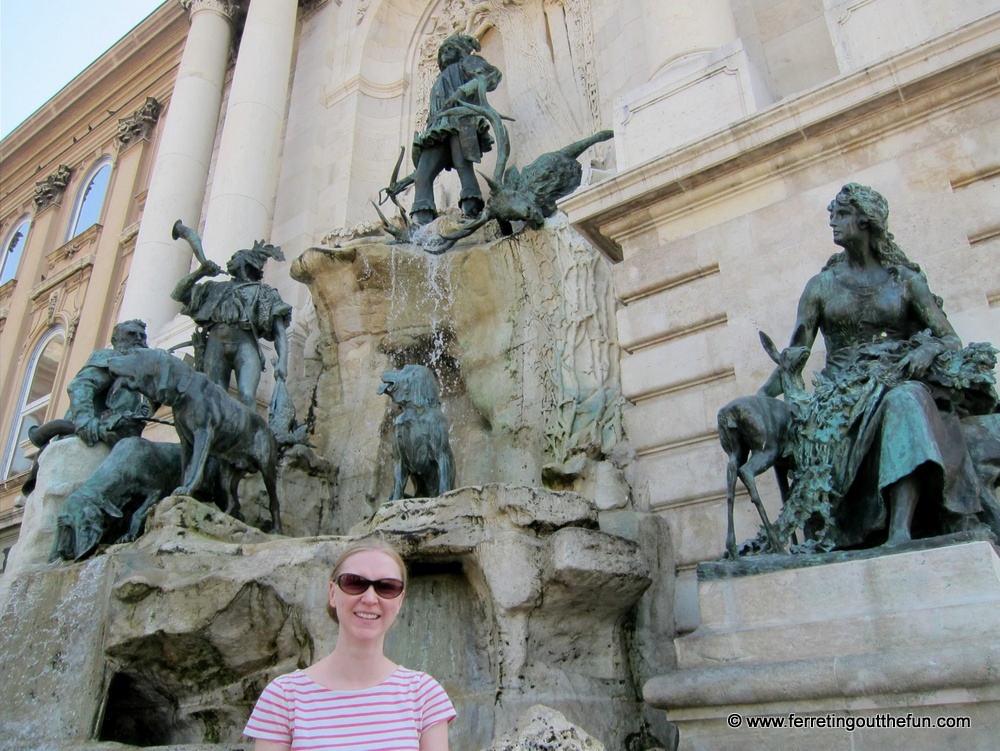
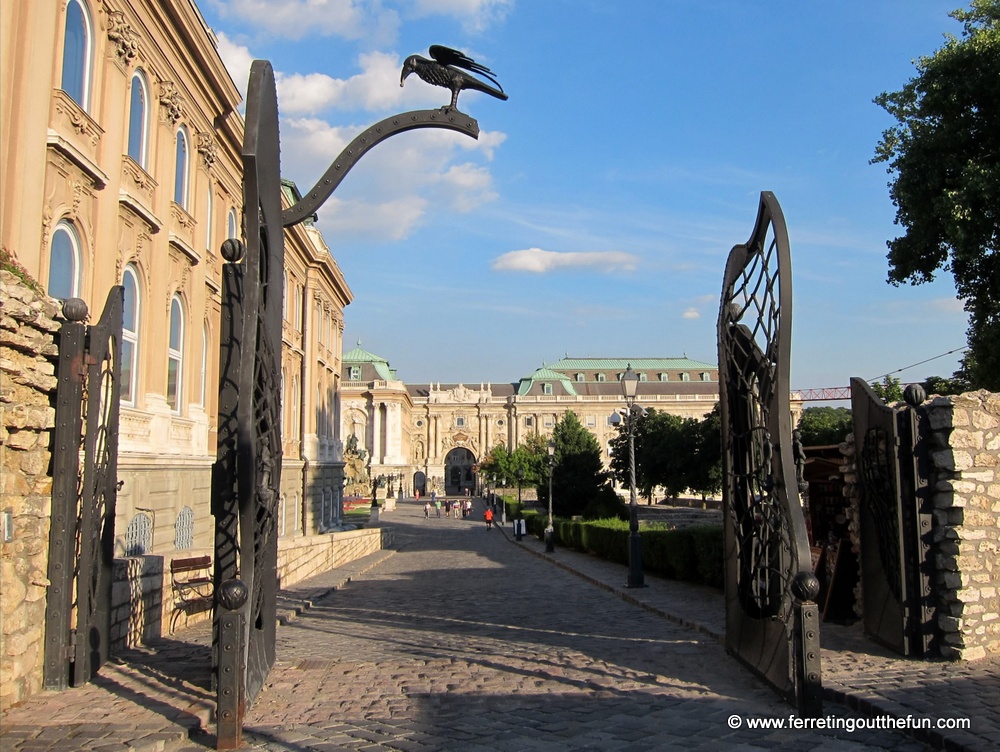
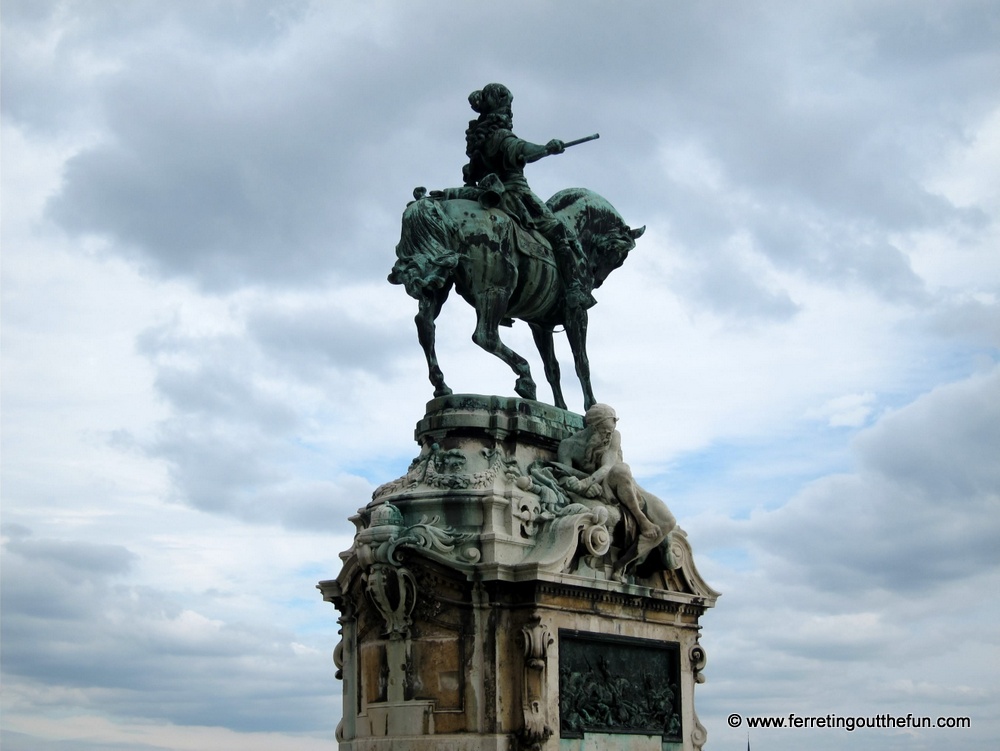
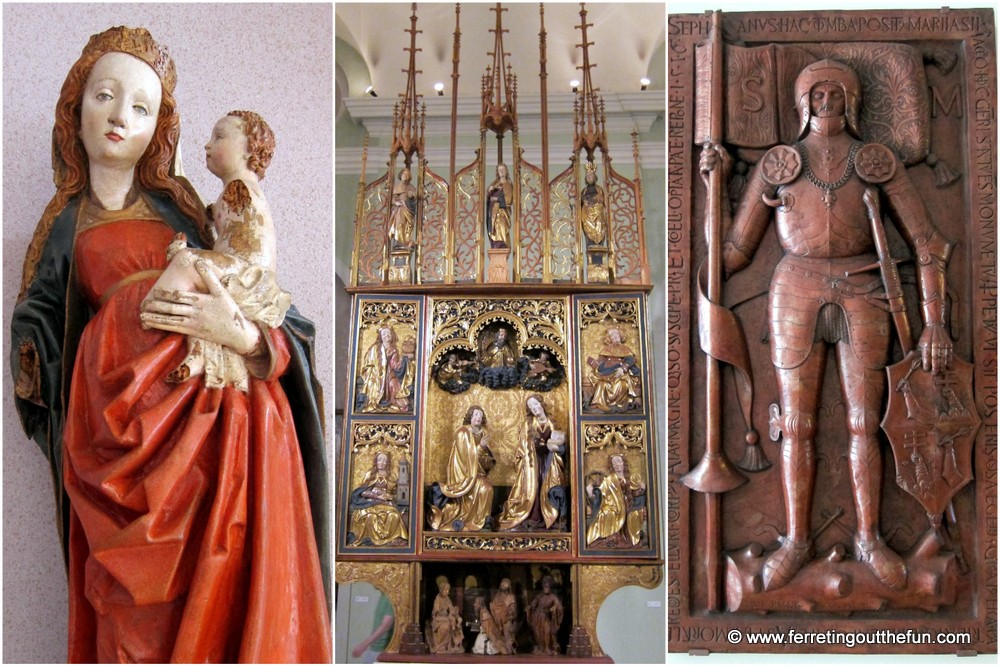
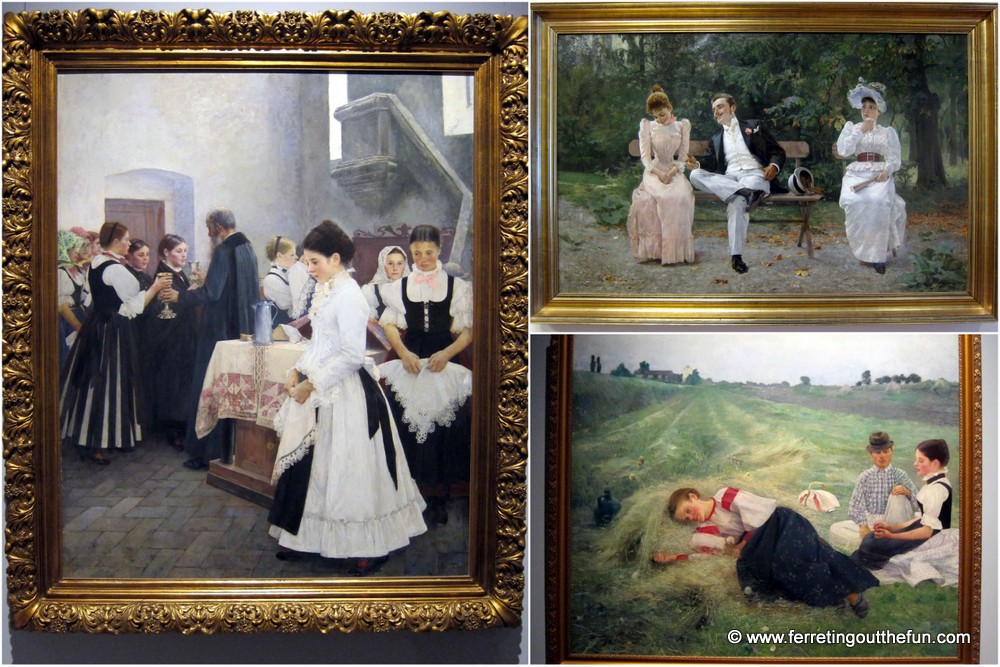
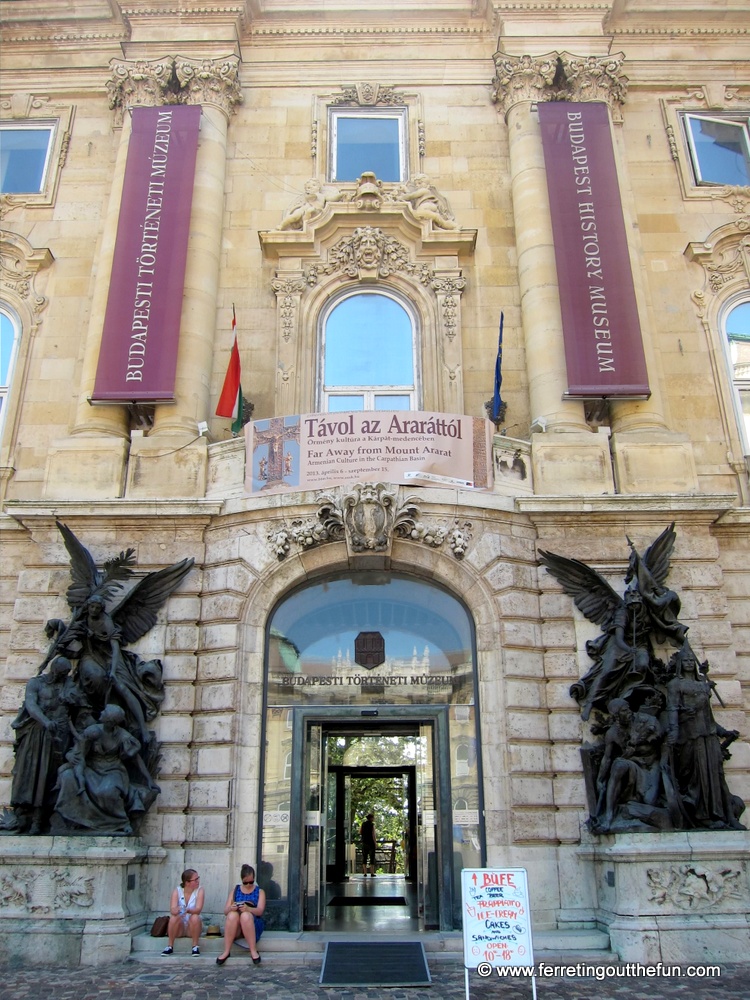
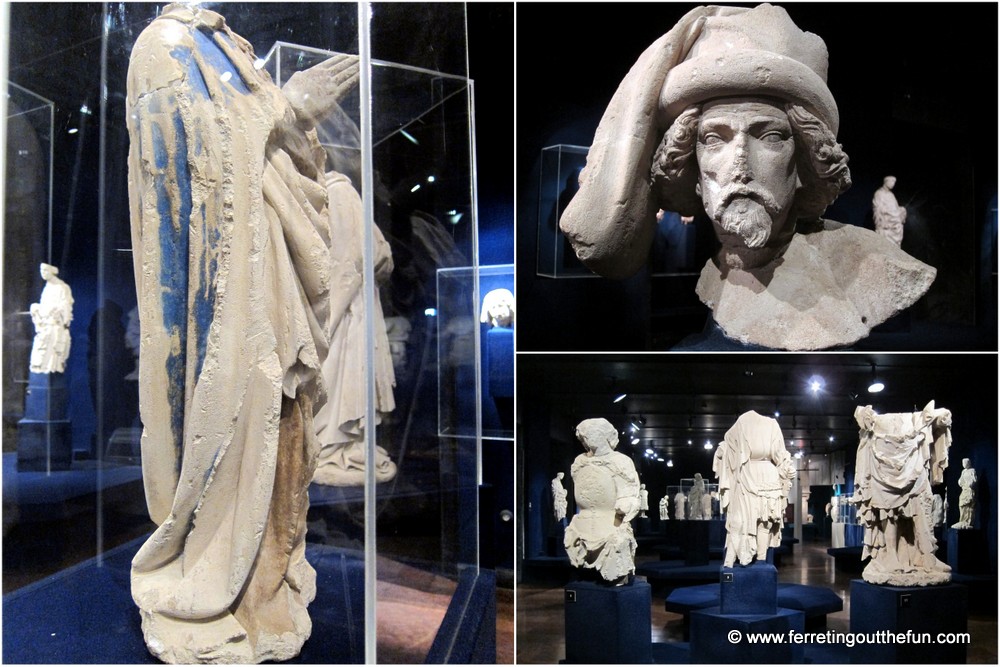
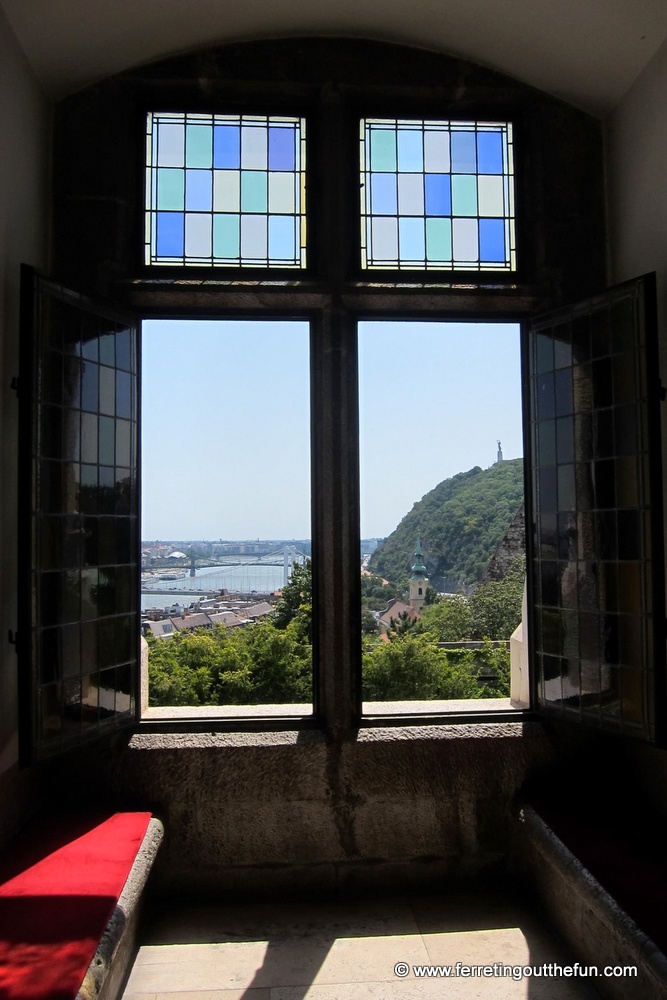

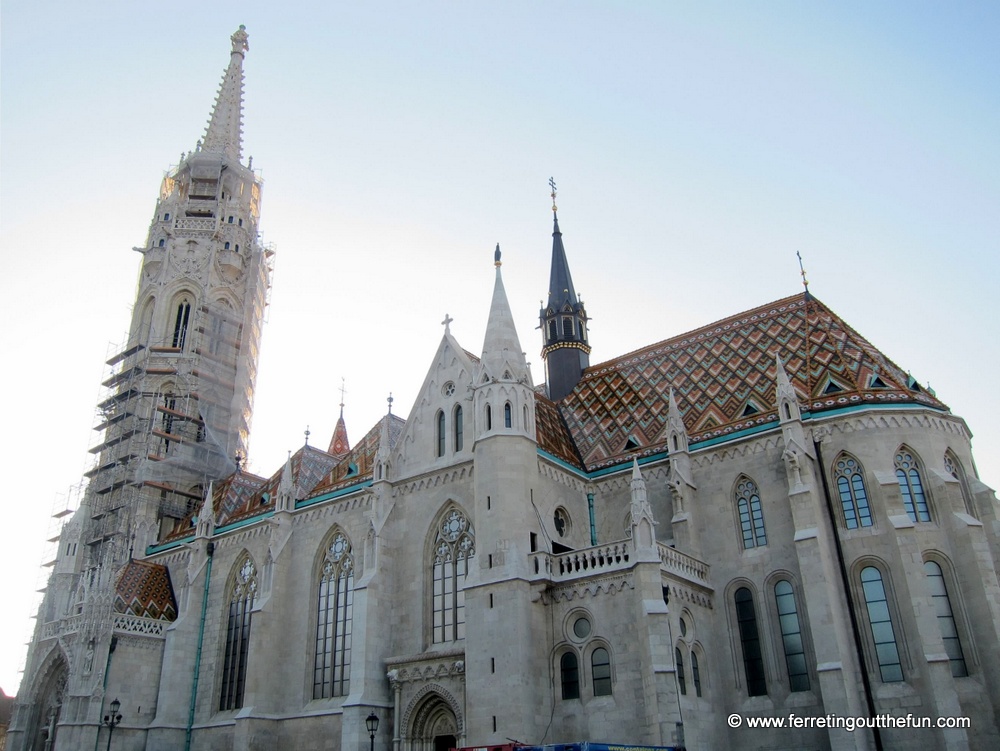
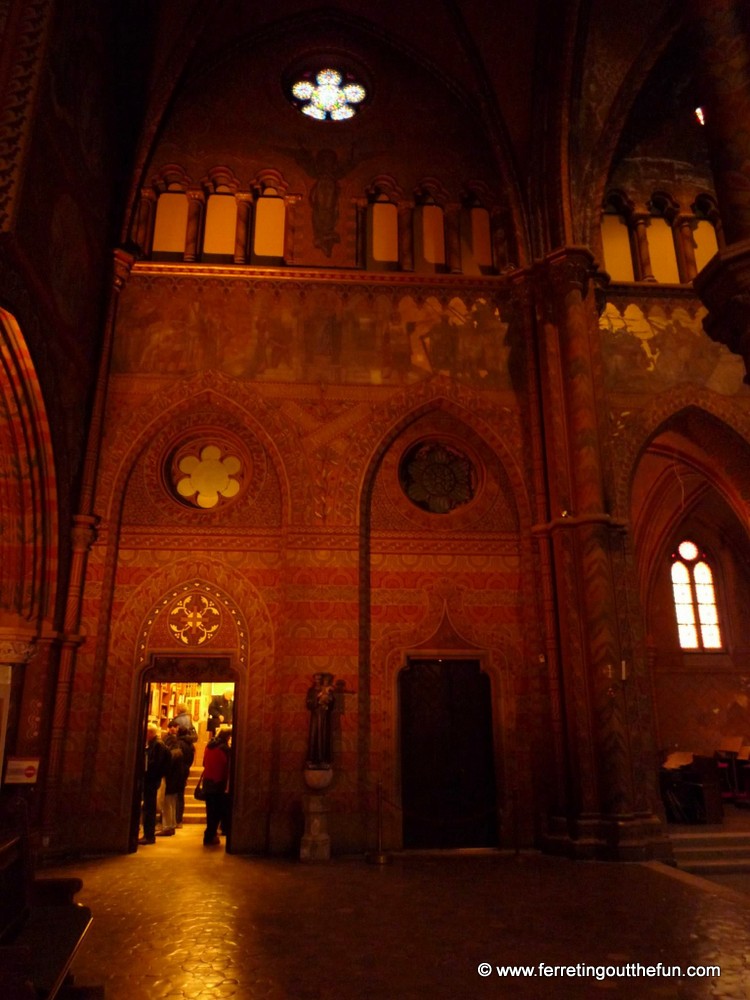
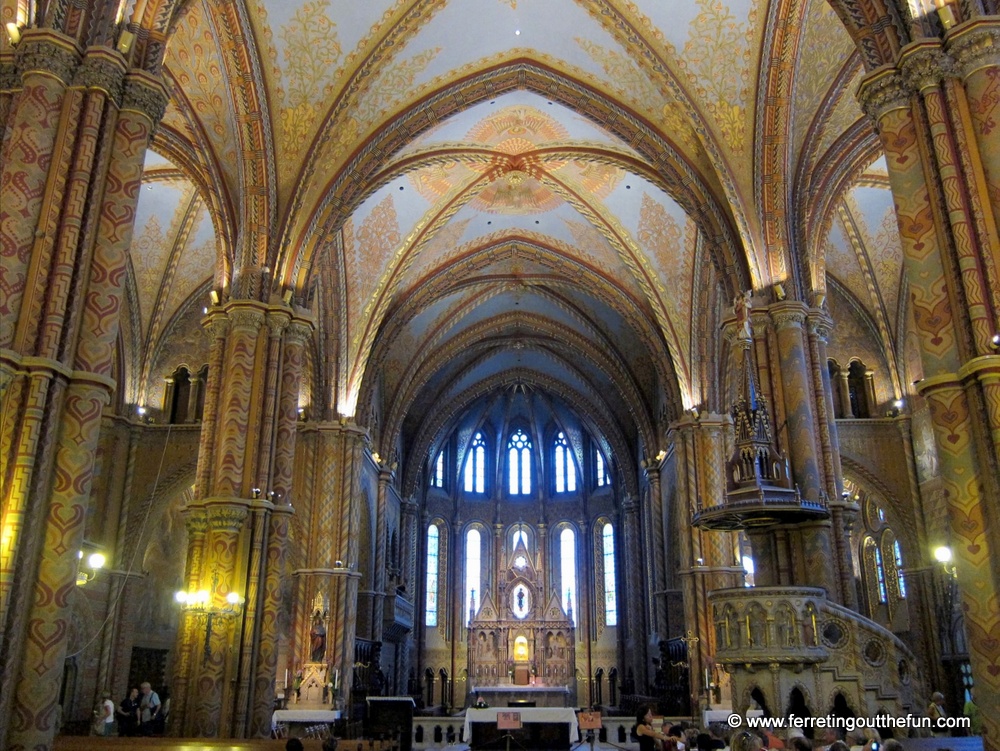
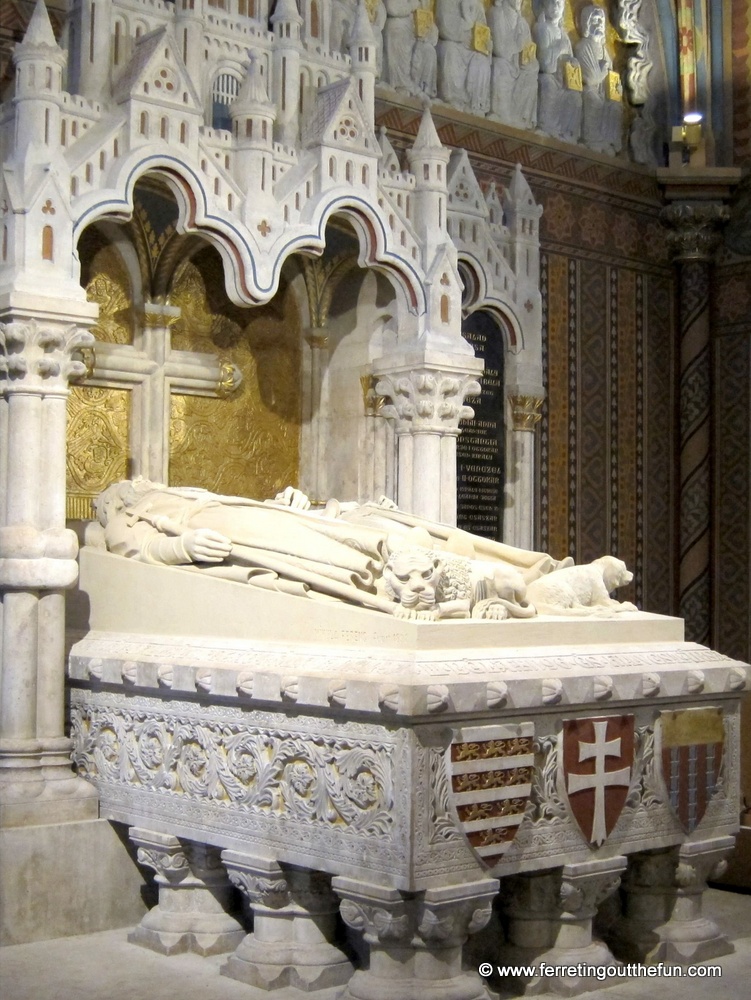
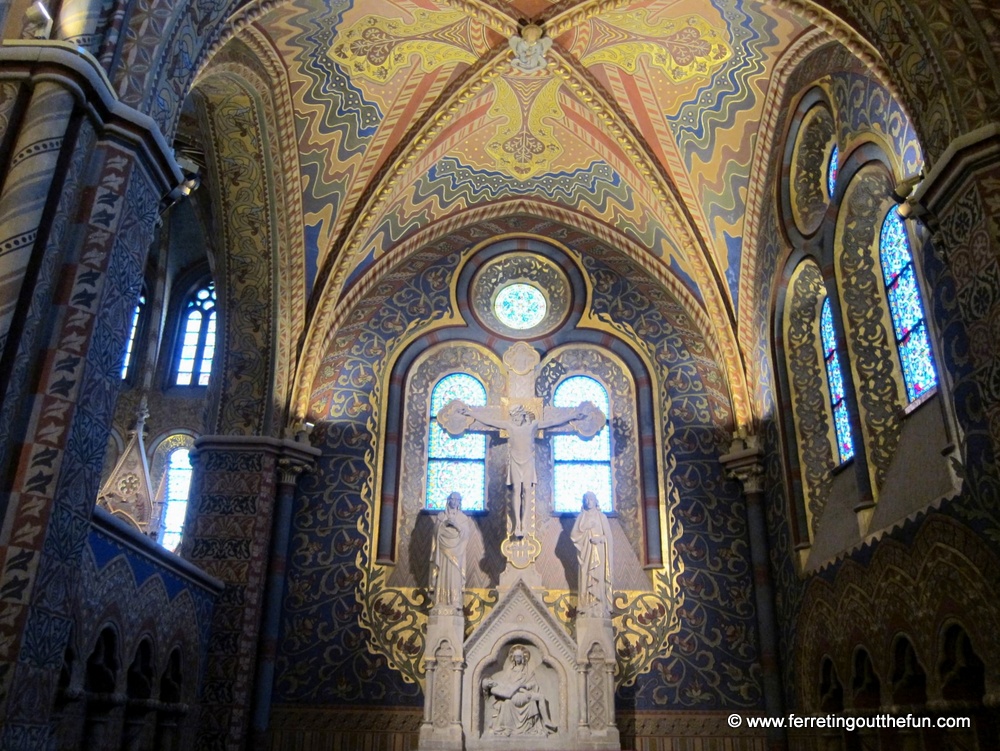
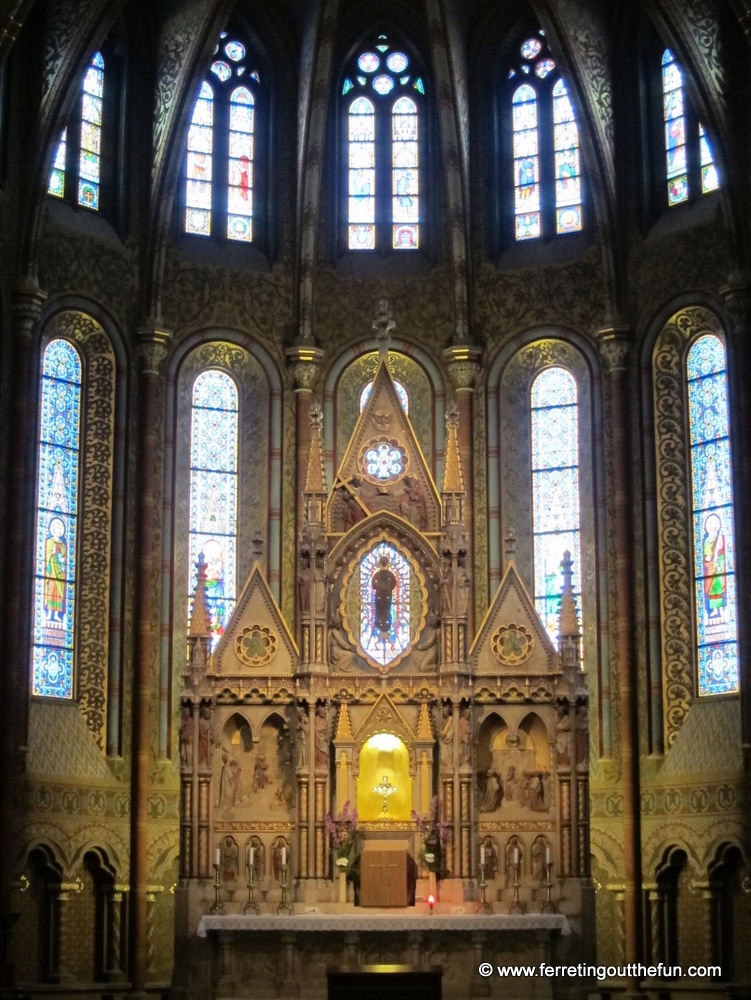
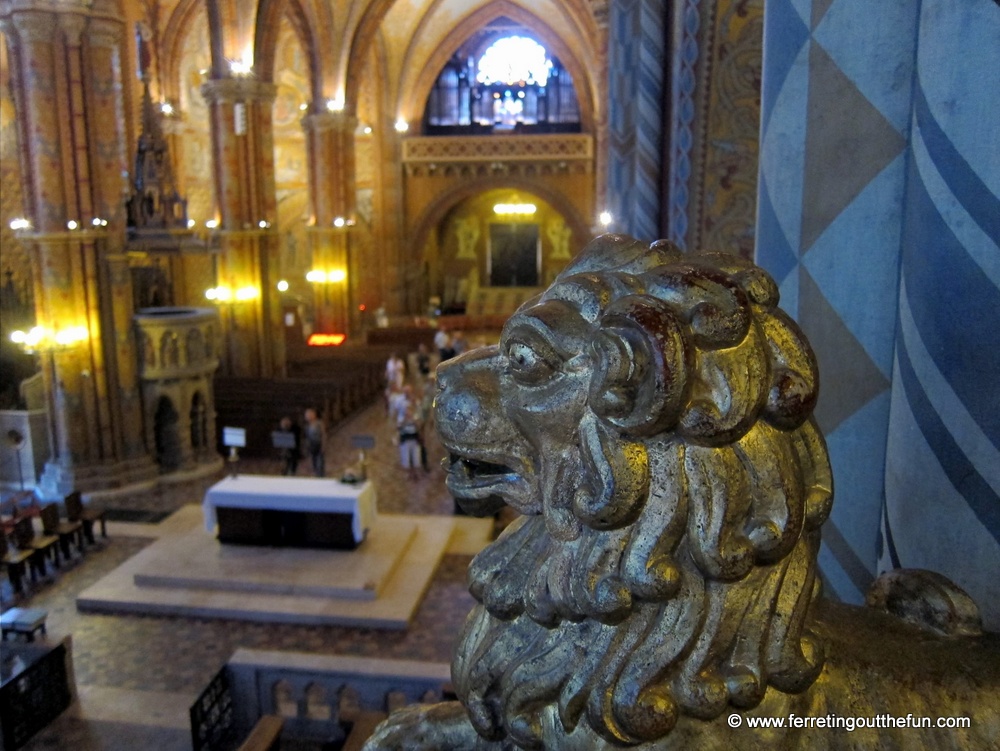
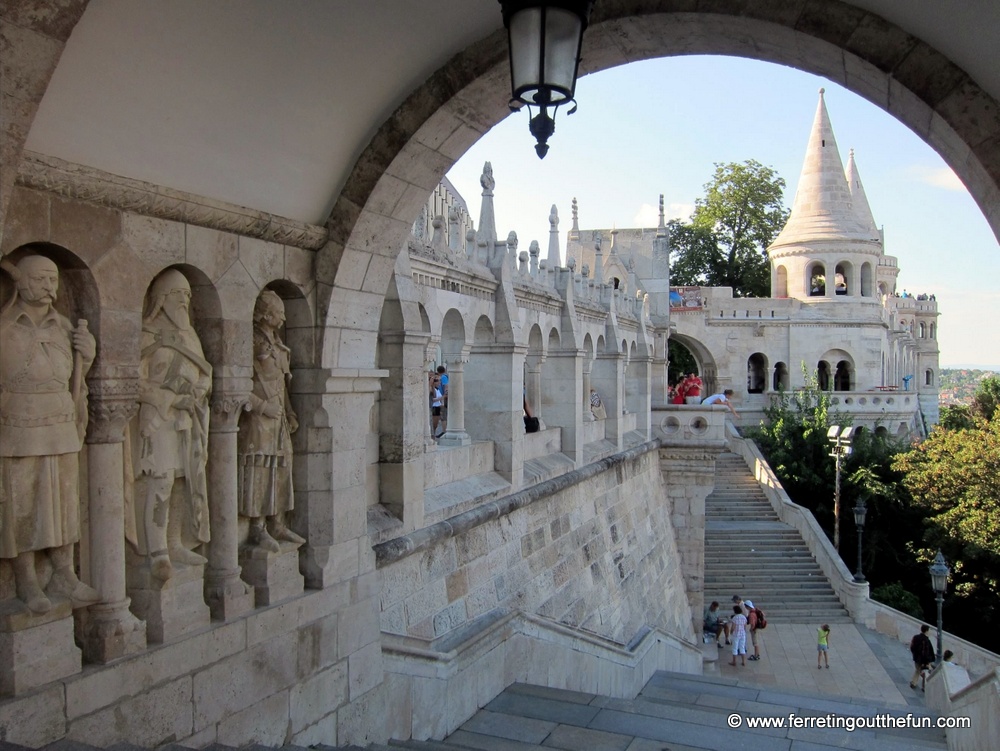
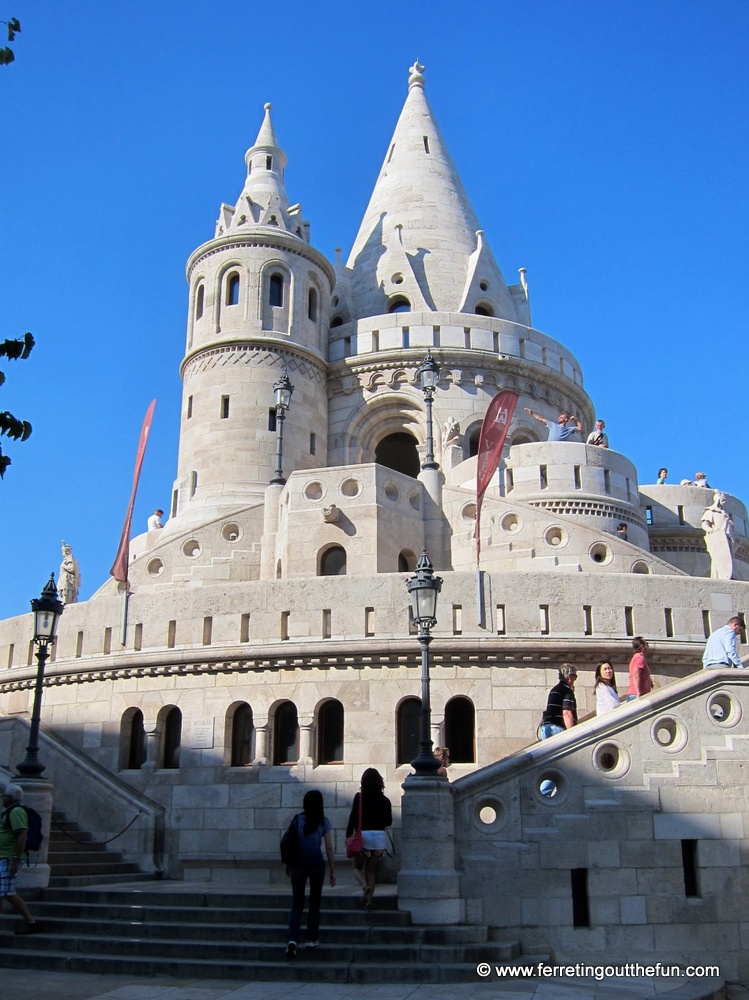
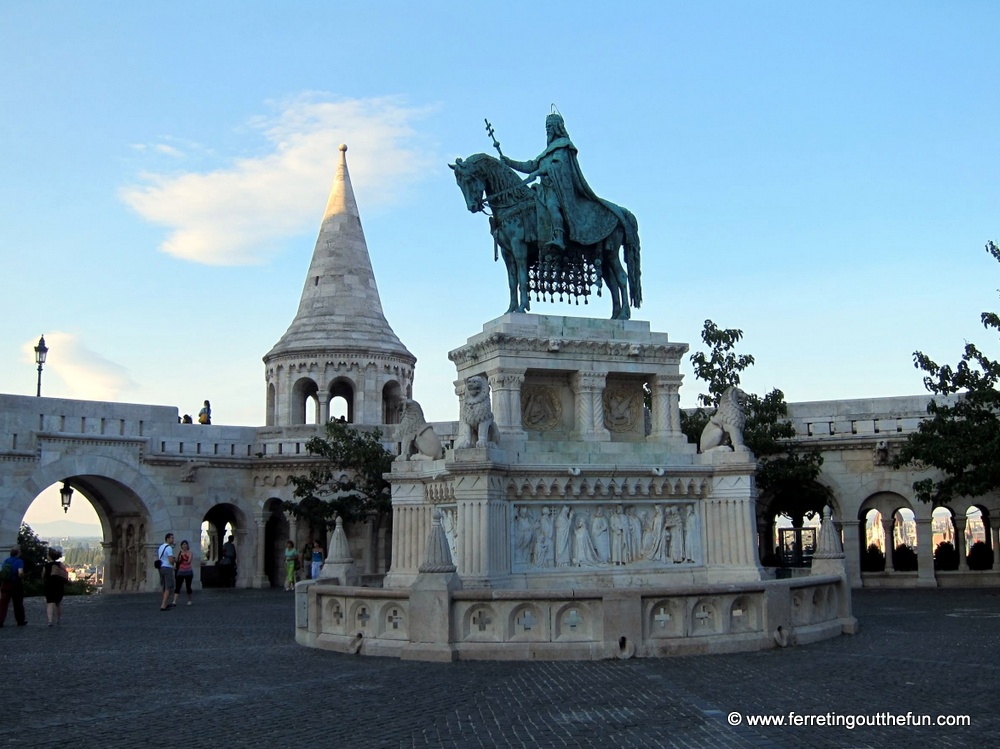
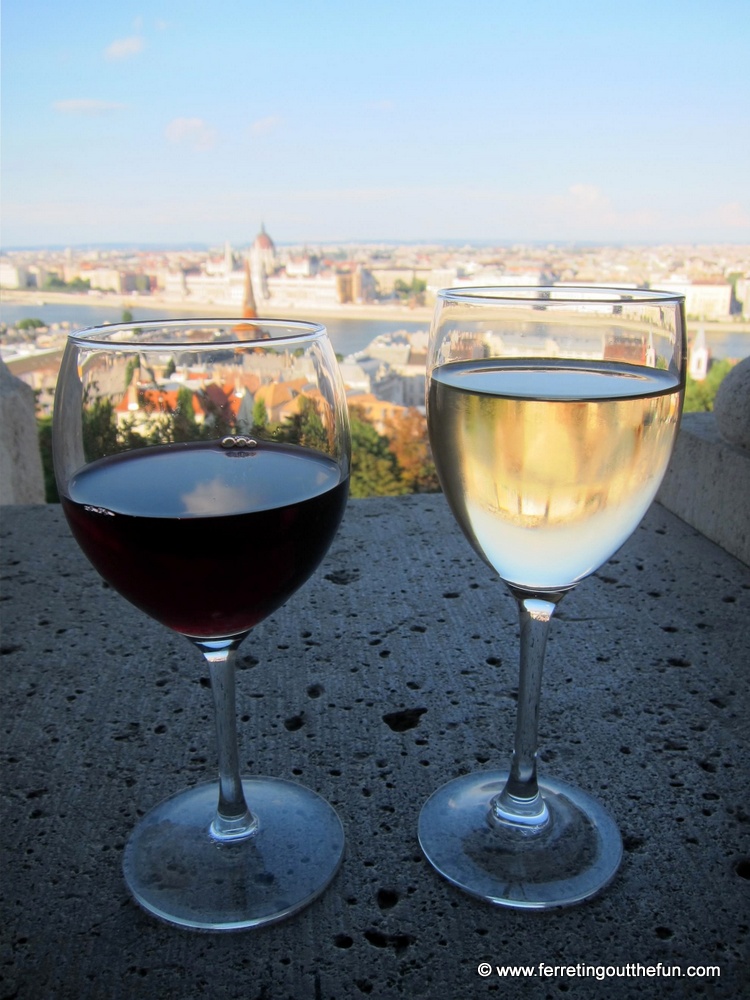
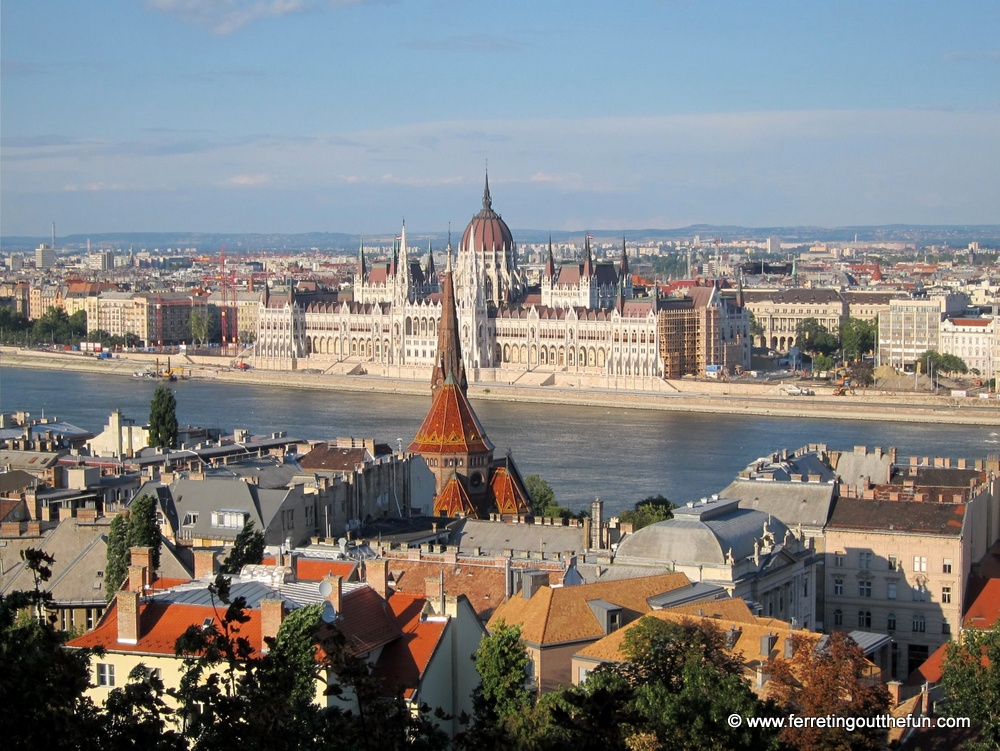
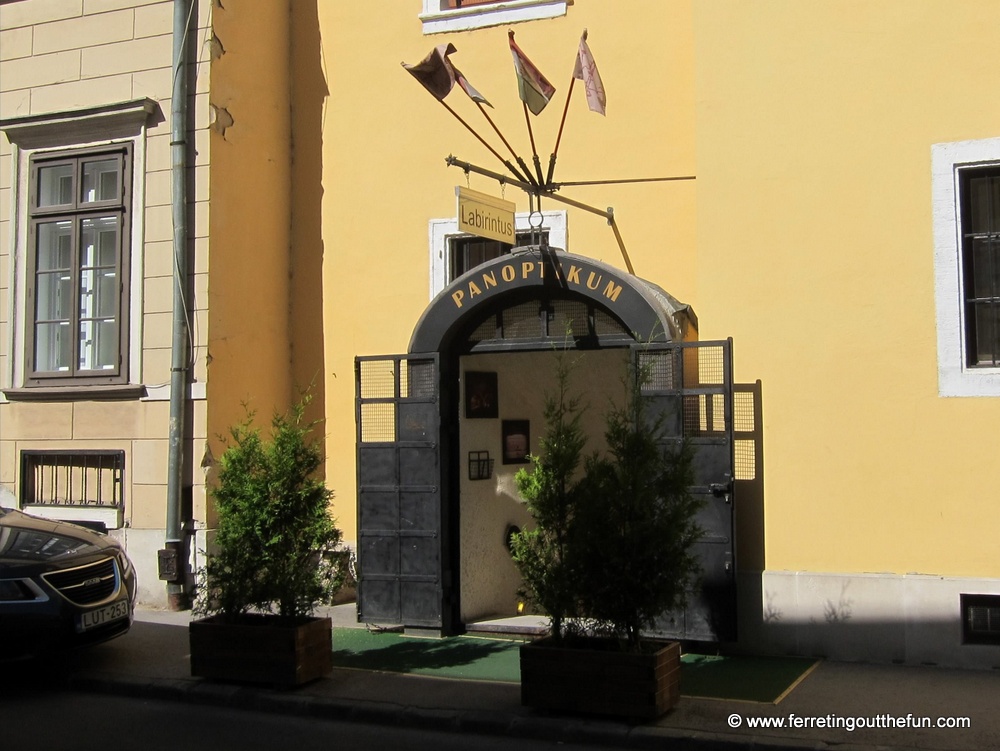
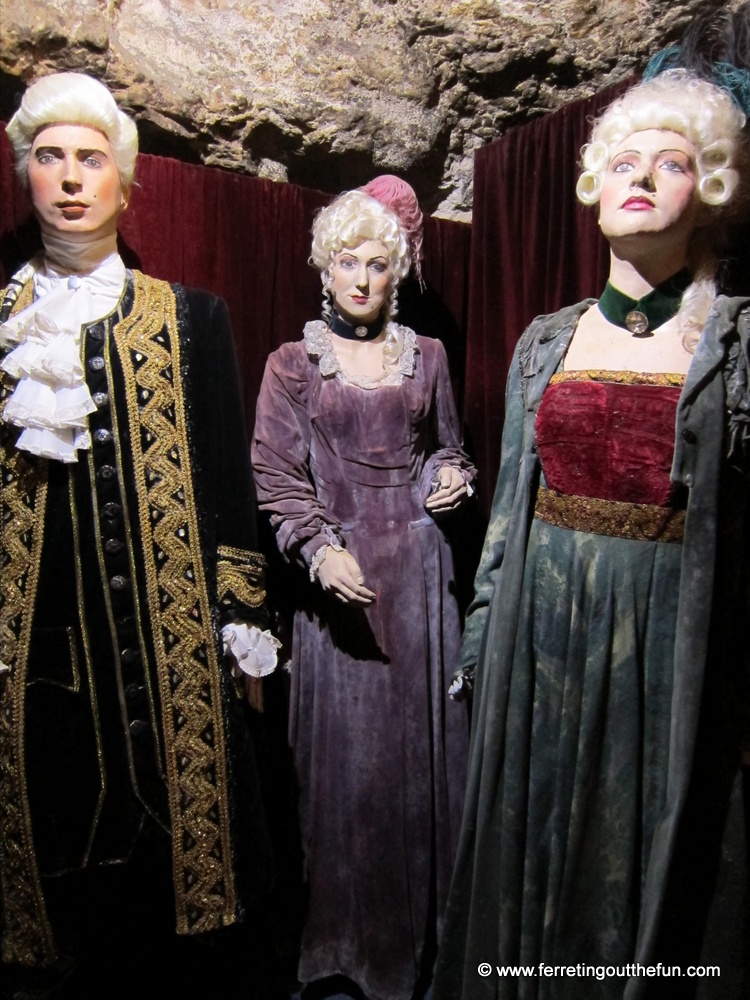
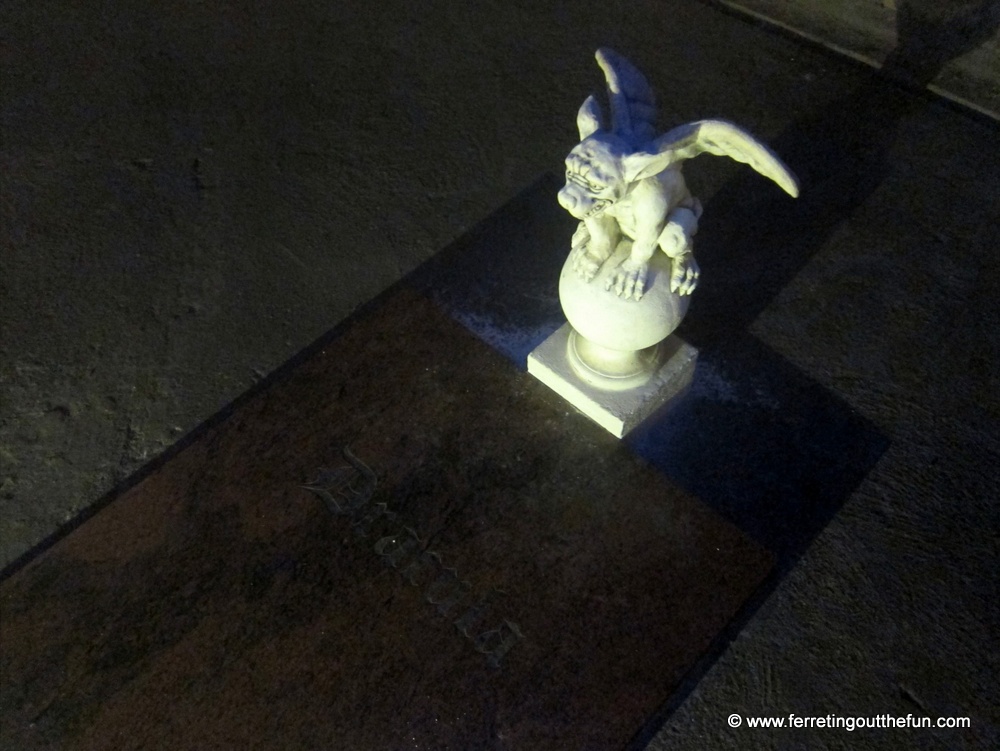
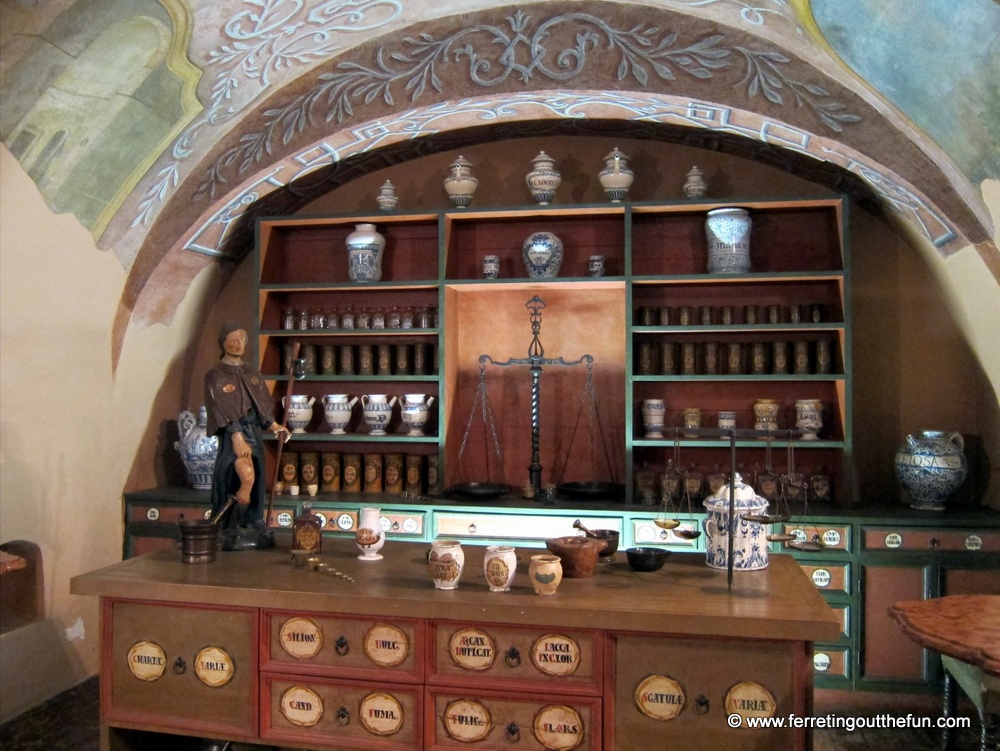
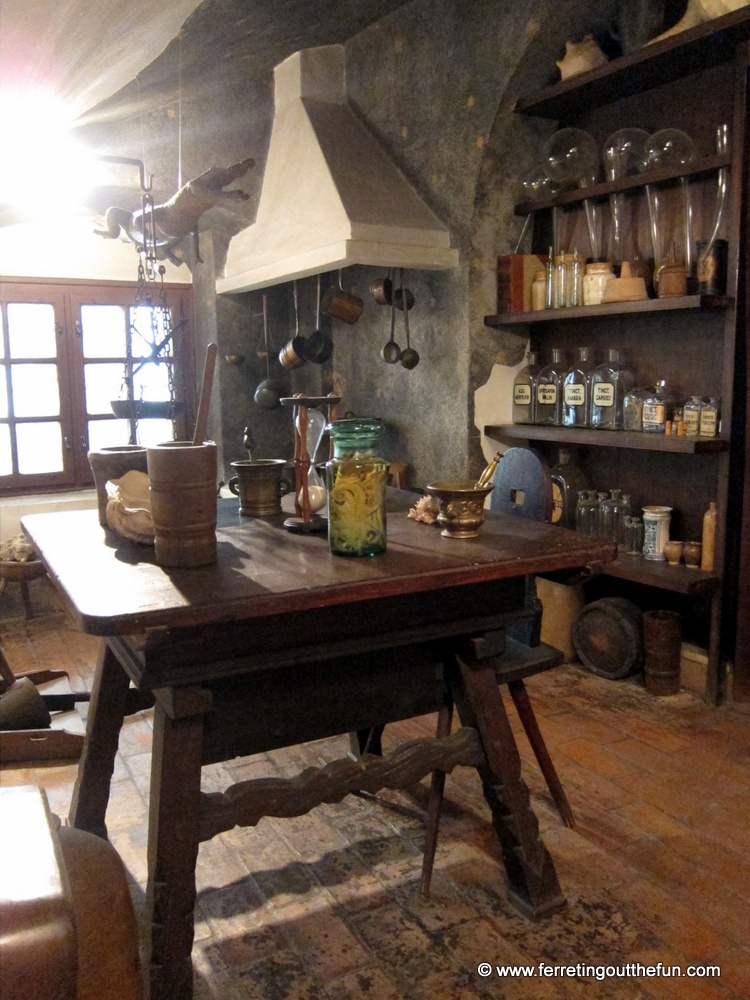
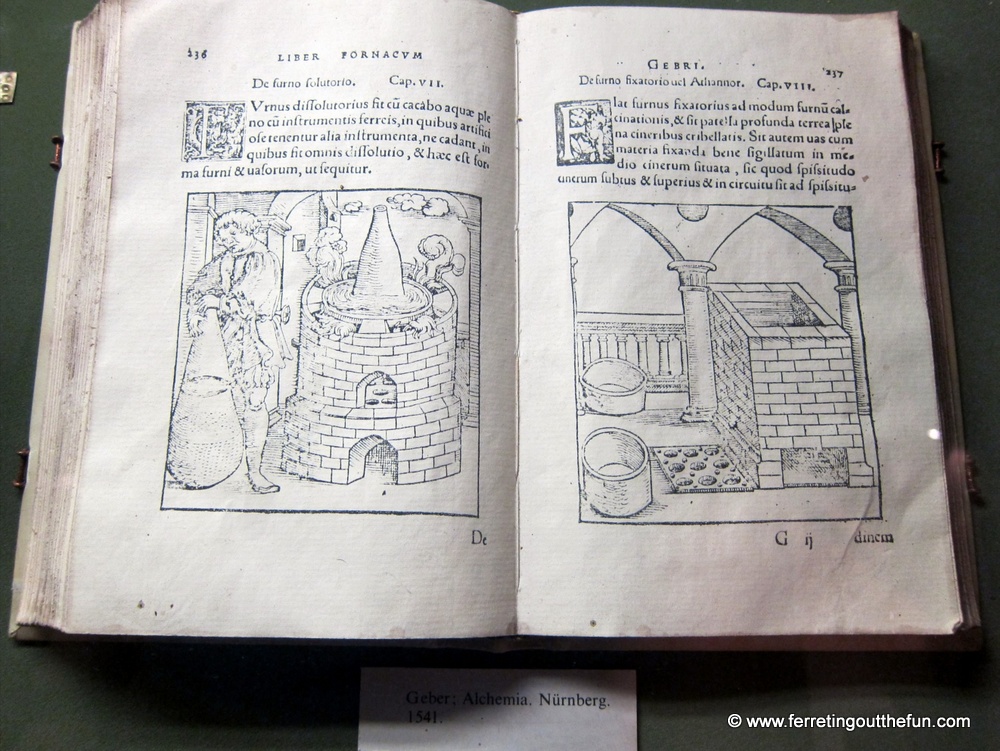
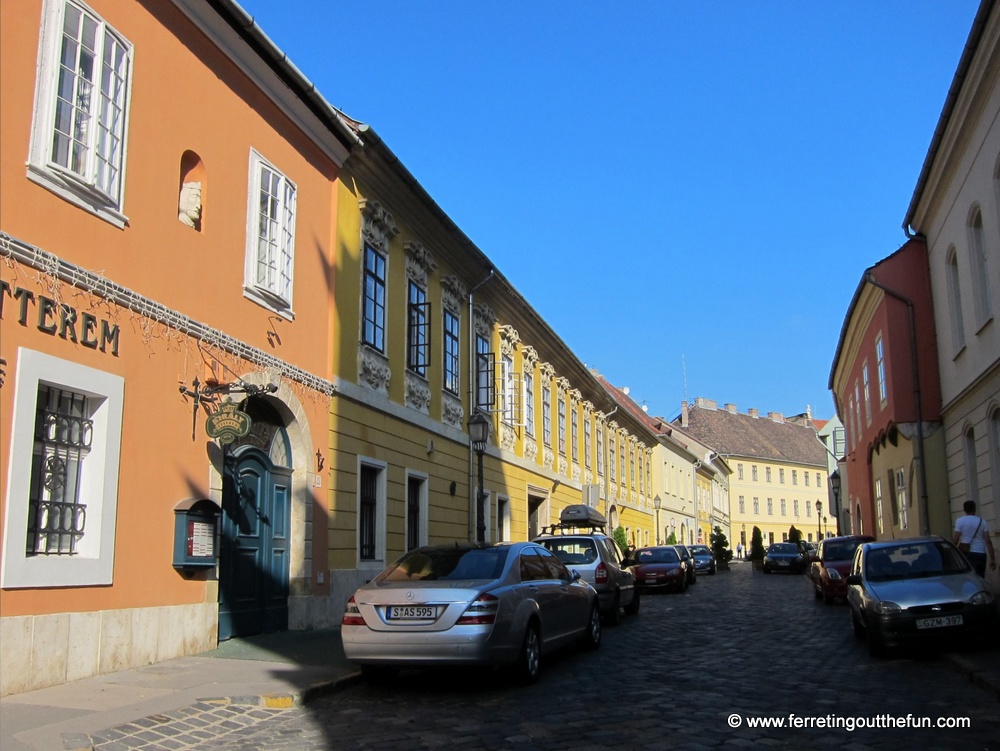
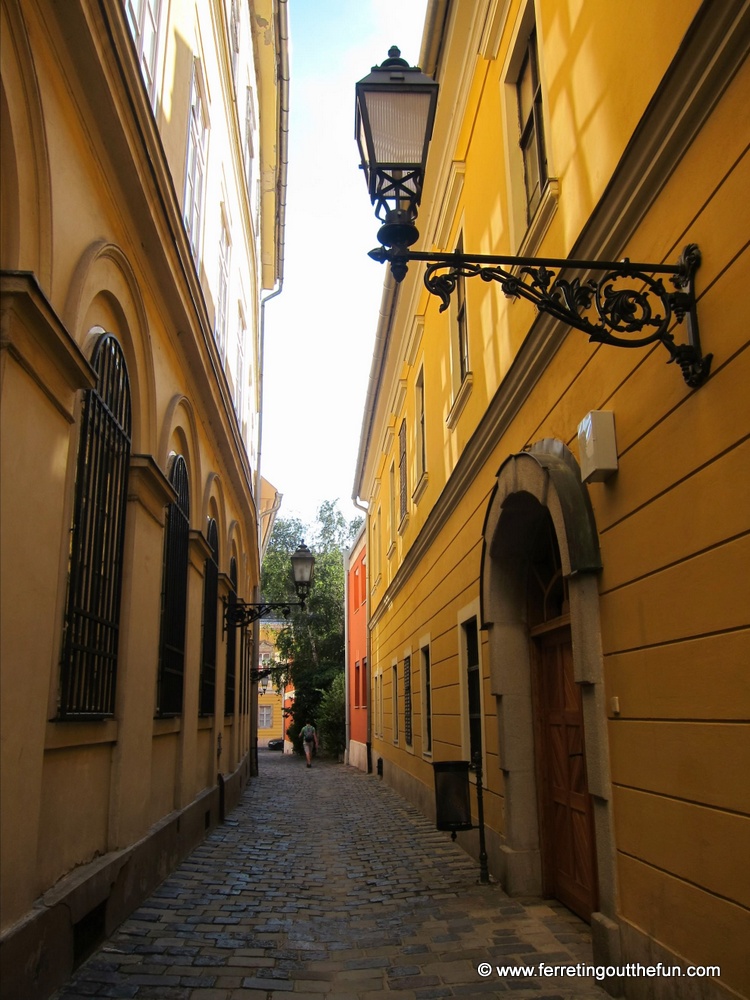
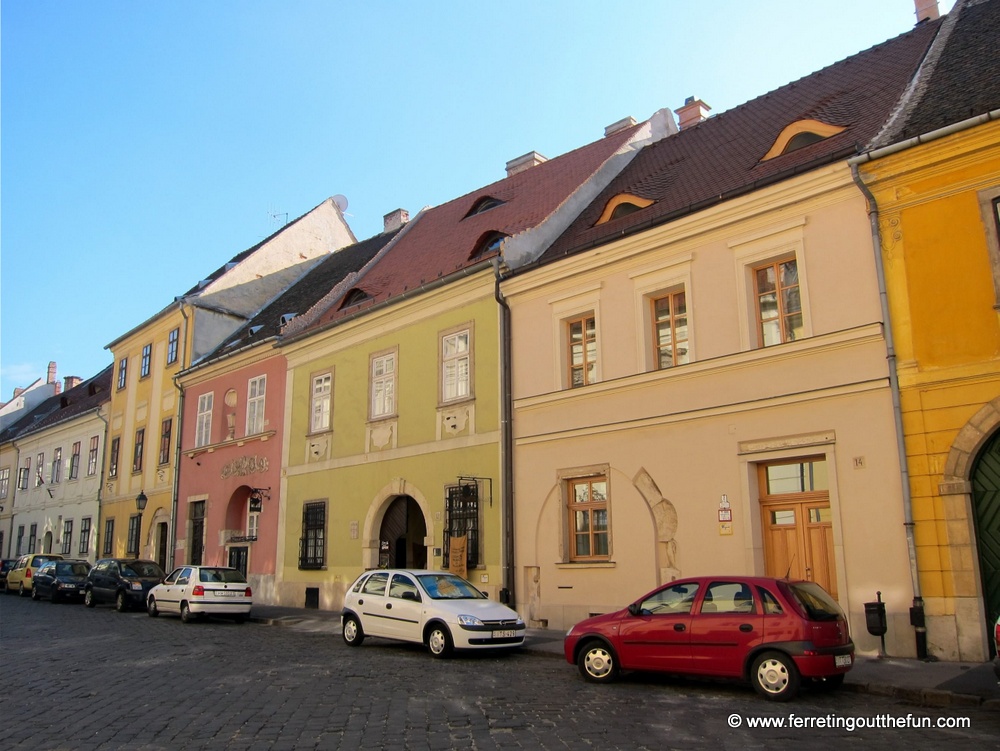
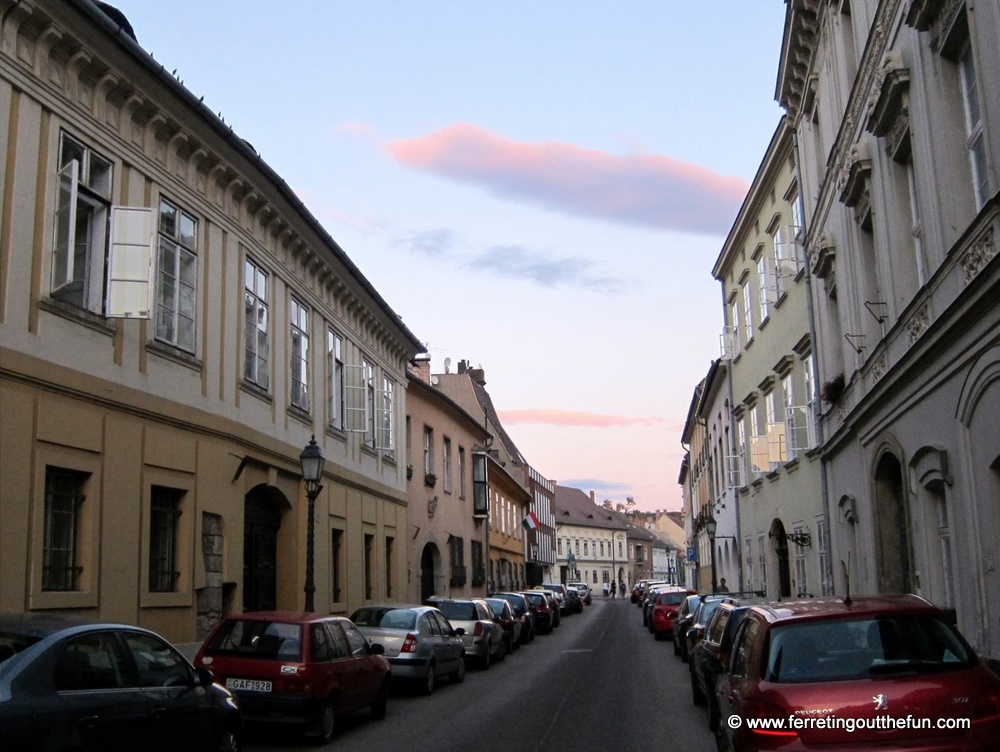
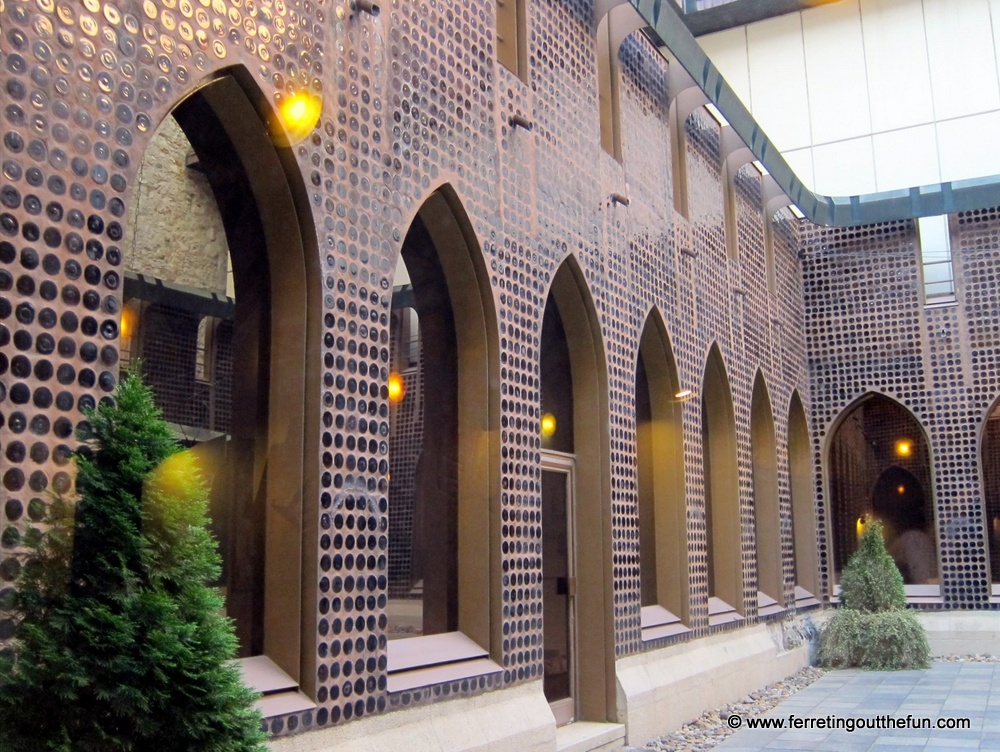
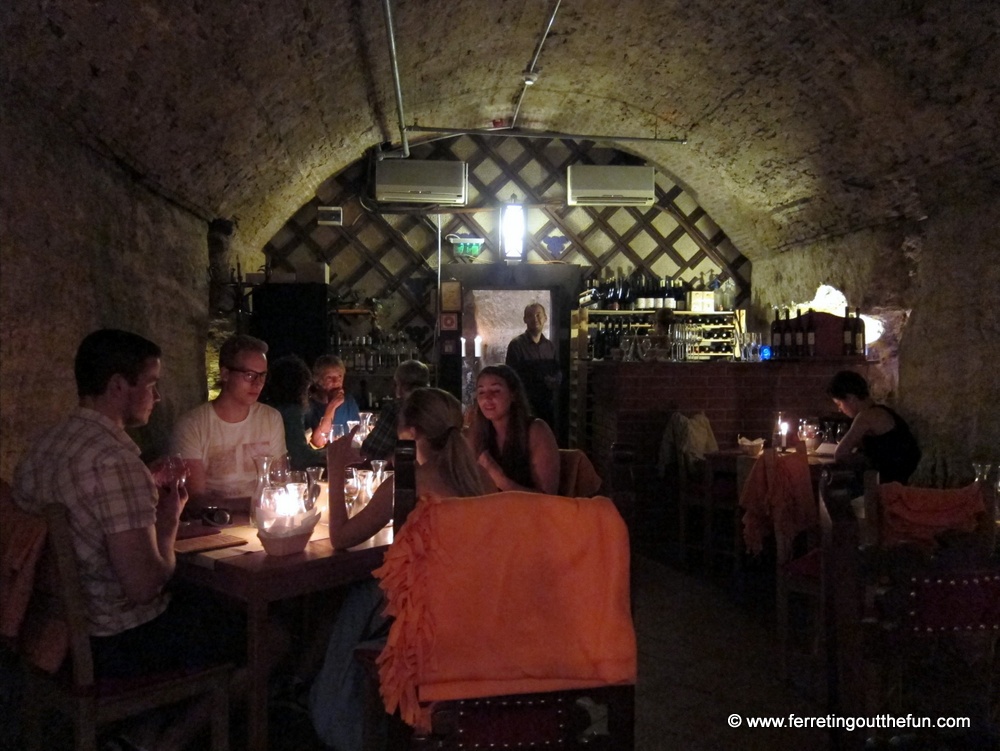
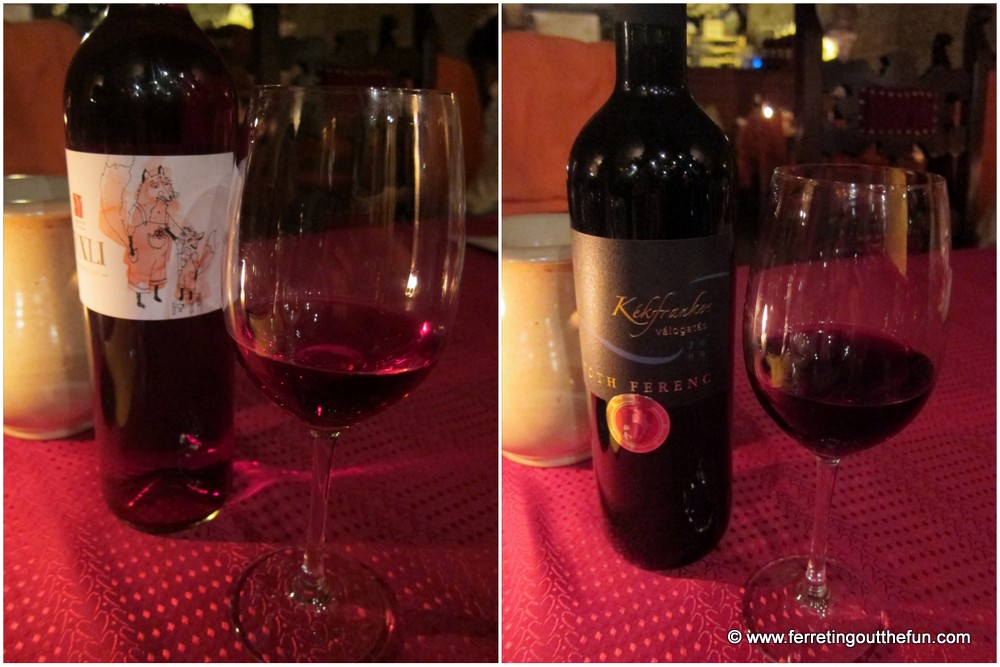
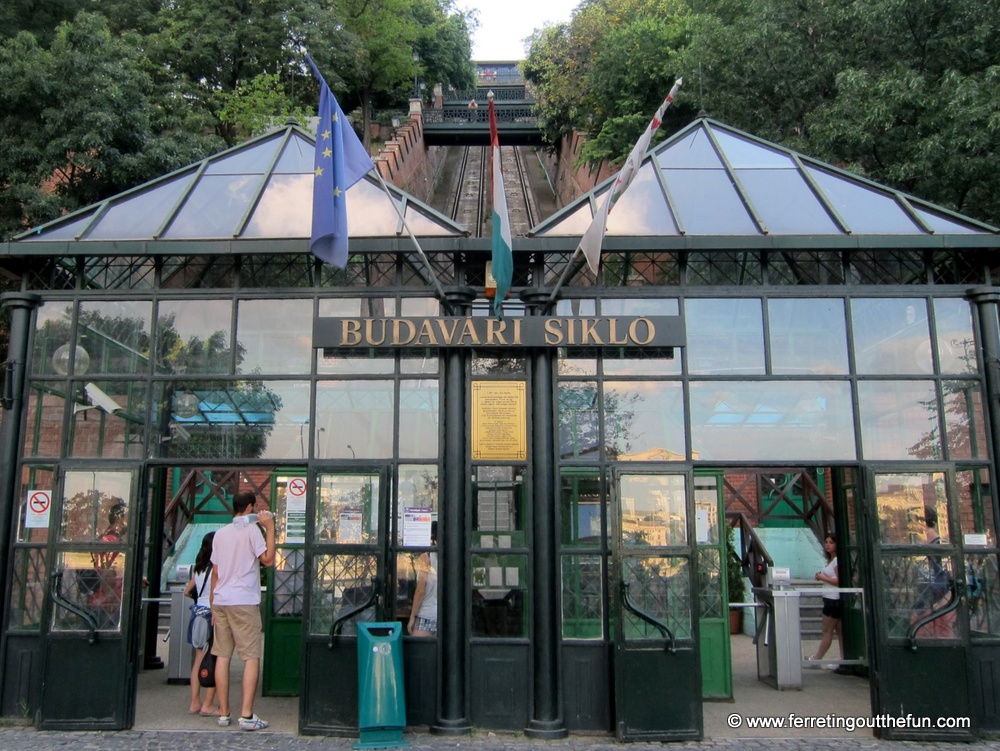
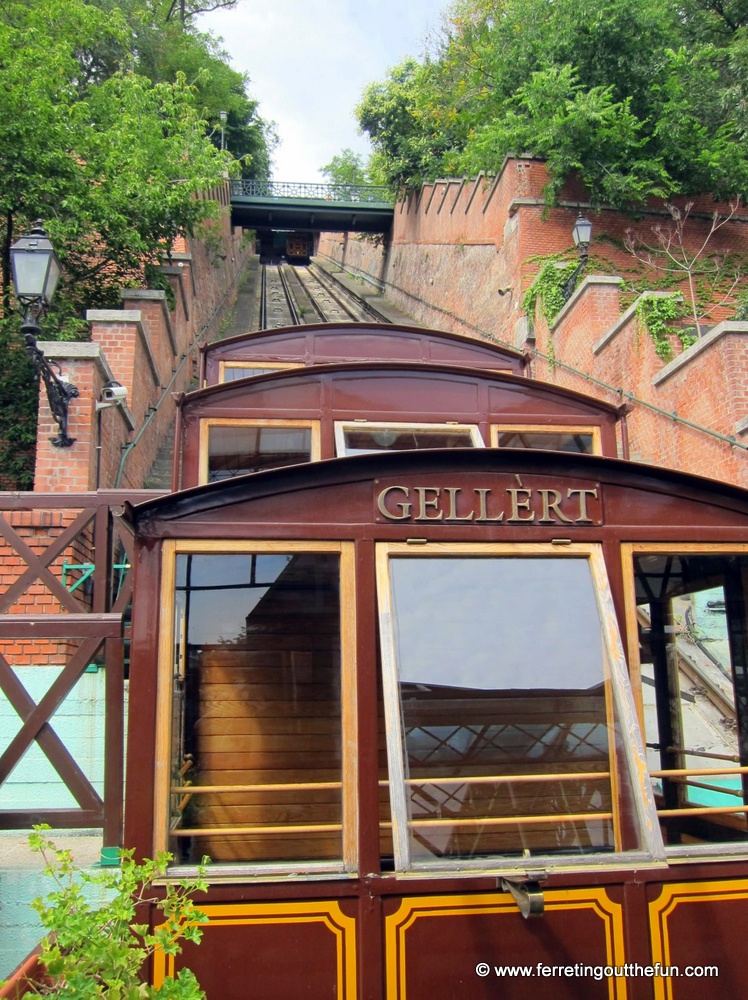
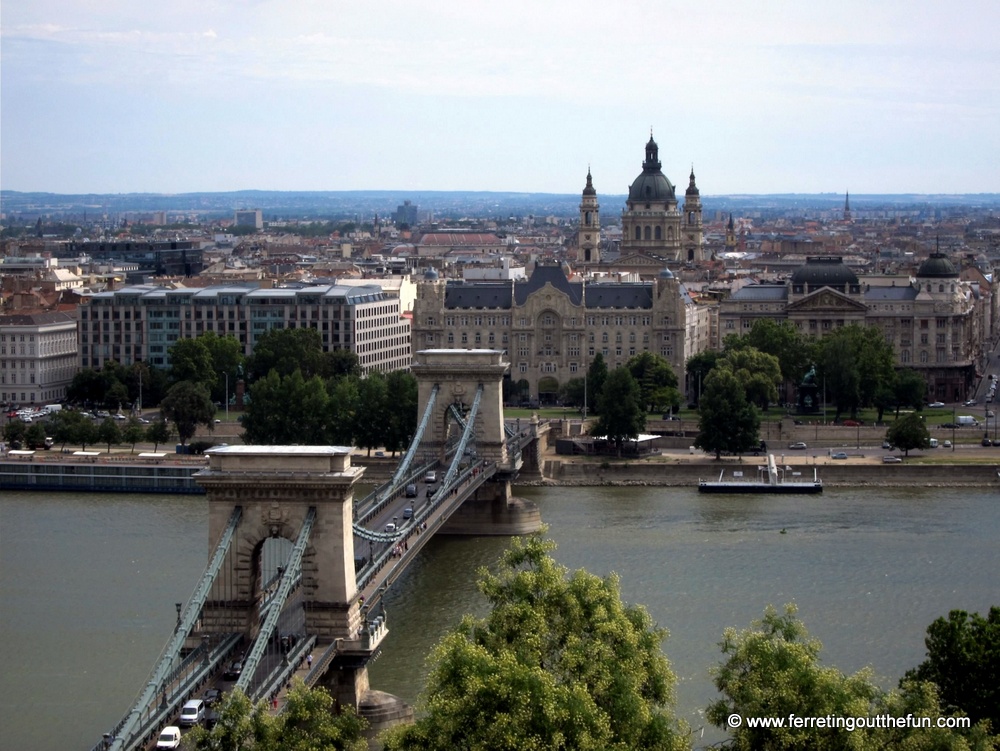
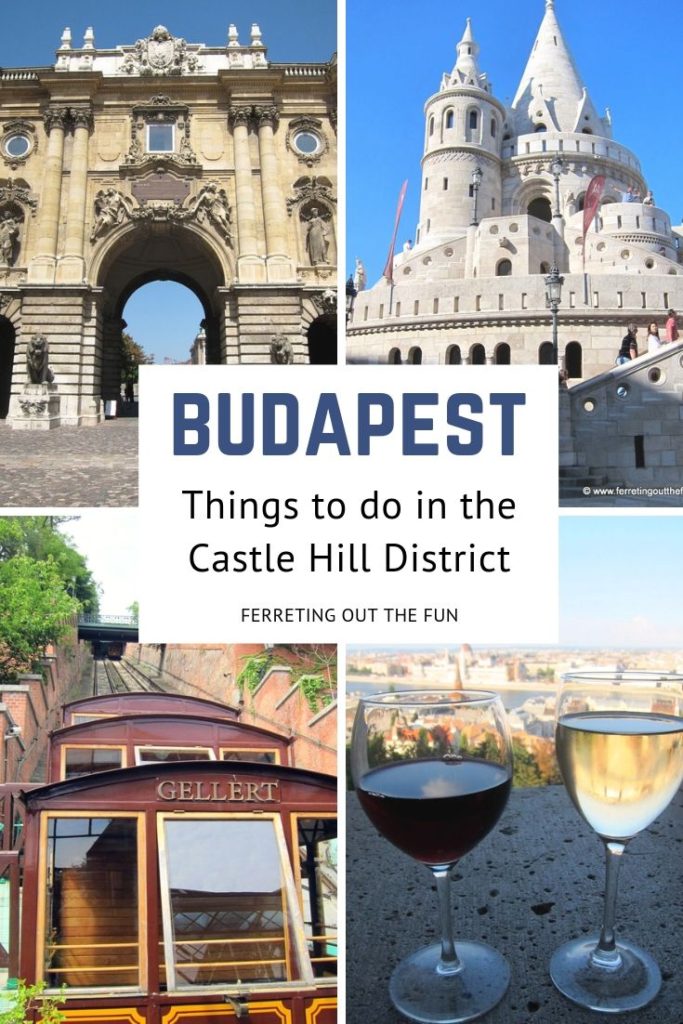
Great Photos! They helped me remember so much I had forgotten. Did you see the hotel where we stayed? Maureen is waiting for pictures of the food you ate. Did you eat any cream puffs? That is about the only food I remember. Anyway, great post!
Thanks! We went up to Castle Hill several times this trip and walked by the hotel where you and I stayed. Looks the same from the outside! We also ate and the restaurant you and I loved but they no longer offered cream puffs. I’ll do a food post soon 🙂
I had no idea Budapest had so much going on! I think you’d have the best luck finding me with that glass of wine overlooking the city. Absolutely gorgeous!
And this was just one neighborhood! Budapest is an amazing place. We could often be found somewhere in the city with a glass of wine in hand 🙂
That church interior is incredible! Nice to see that they did a quality restoration job (something one can’t be assured of when traveling in Asia, that’s for sure!).
I couldn’t believe my eyes when I walked in! The church was pretty before, but wow! It’s such a shame all restoration work can’t be done with as much attention to detail. I’ve seen some “restored” temples in China that made me cringe. The workers didn’t even lay down tarps to protect the floor from paint drips!
Glad to hear you enjoyed Faust Wine Cellar, Heather! Isn’t Gabor fantastic?
He really is! He shared such interesting information about the wines and the vineyards and even little tidbits about himself for a very personal experience. Apparently he and his wife saved one of the last bottles of a particularly special vintage for Valentine’s Day. He also remembered your visit vividly and pointed out which wines you’d also sampled and enjoyed 🙂
How sweet! We went when he first opened a few years back and then did another tasting in December when we were there. He and his wife are both so incredibly nice.
Great pics.. Wow.. Its just amazing